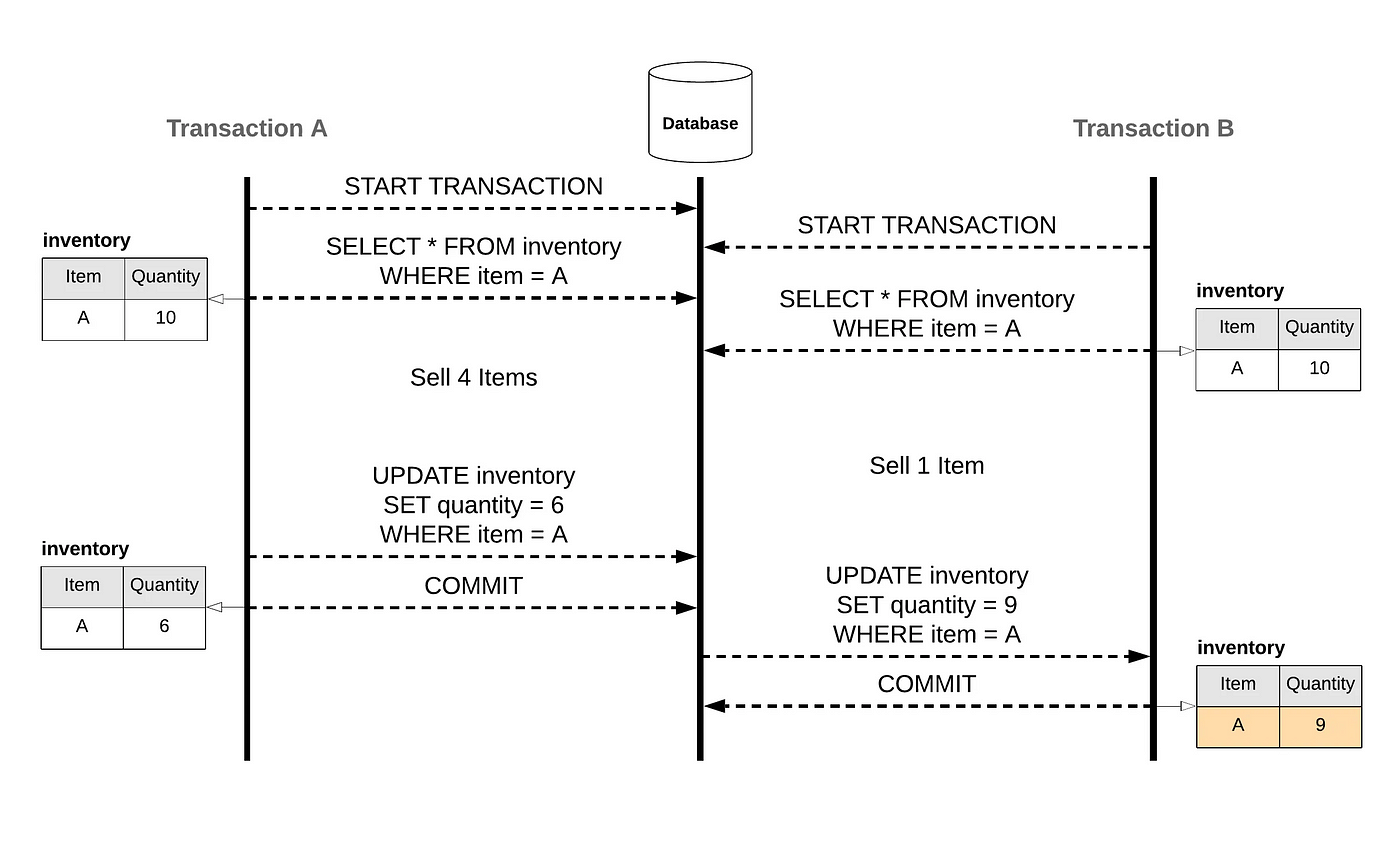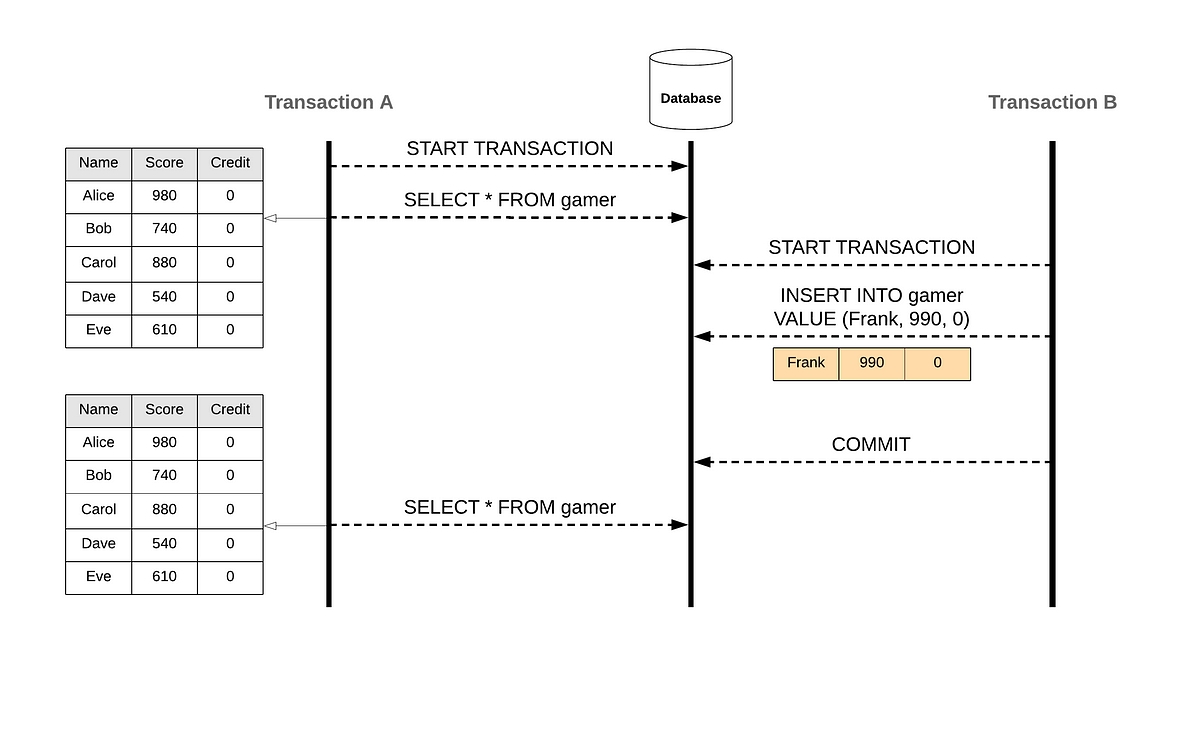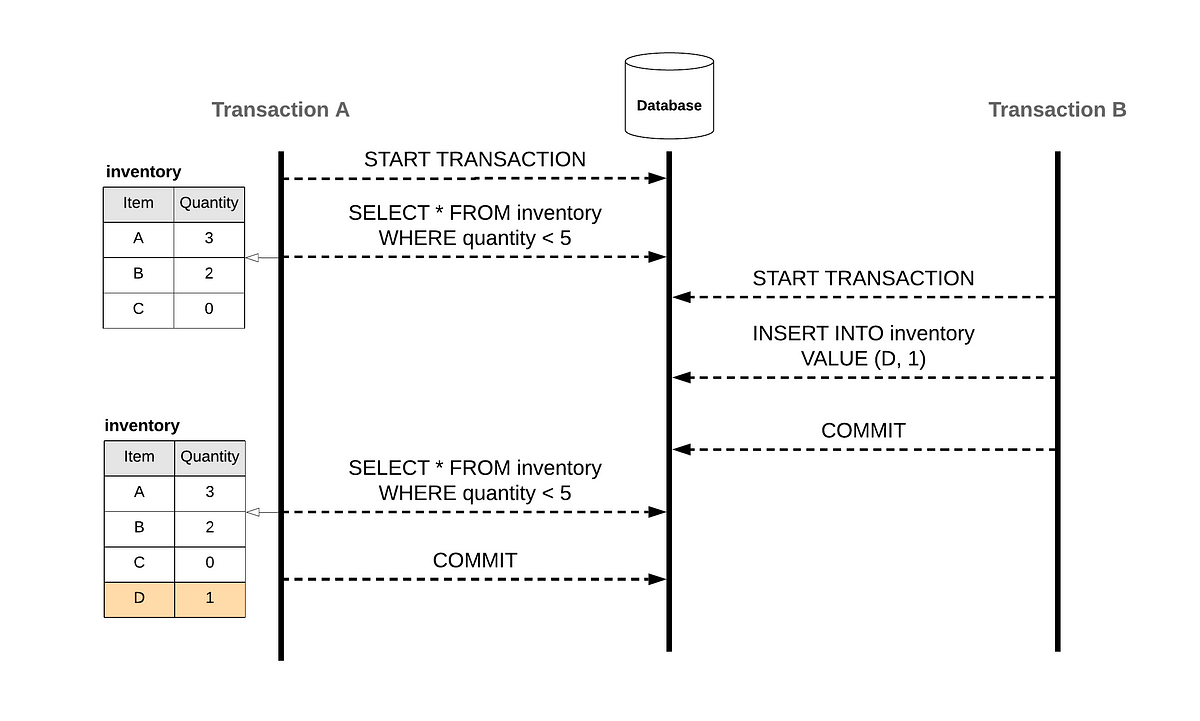Preventing Data Inconsistencies in MySQL: Strategies for Avoiding Lost Updates
A few weeks ago, I encountered a situation where our inventory tracking system reported inconsistencies. After researching the issue, I discovered that concurrency problems in our MySQL database may have been the root cause. Further investigation revealed a “lost update” concurrency issue. To prevent similar issues from arising in the future, I have been exploring various strategies for optimizing our database. Before finding a solution, it is necessary to understand what concurrency is and why transaction isolation is important.
Concurrency Issues in MySQL
Concurrency situations in MySQL can occur when multiple transactions attempt to access or modify the same data simultaneously, which can potentially result in data inconsistencies or errors. These situations include lost updates, dirty reads, and phantom reads.
- A lost update occurs when two transactions attempt to update the same data, but only one of them is successful, causing the changes made by the other transaction to be lost. To prevent lost updates, a transaction isolation level of at least REPEATABLE READ is required, which uses shared locks to prevent other transactions from modifying the data.
- Dirty reads occur when a transaction reads uncommitted changes made by another transaction, which may later be rolled back. A transaction isolation level of READ COMMITTED or higher can prevent dirty reads.
- Phantom reads occur when a transaction sees a set of rows that satisfies a certain condition, but another transaction inserts or deletes rows that also satisfy the same condition, causing the first transaction to see a different set of rows. To prevent phantom reads, a transaction isolation level of at least REPEATABLE READ is required, which uses gap locks to prevent other transactions from inserting or deleting rows that would affect the first transaction’s results.
Transaction Isolation Levels in MySQL
Isolation is critical in databases as it ensures transactional consistency and prevents data corruption or inconsistencies caused by concurrent updates. It enables transactions to occur in isolation, allowing them to commit or roll back independently of other transactions, ensuring that the data remains consistent and accurate.
MySQL provides four transaction isolation levels that determine how transactions interact with one another and how changes are visible to other transactions.
- READ UNCOMMITTED: Allows dirty reads, meaning a transaction can read uncommitted changes made by another transaction.
- READ COMMITTED: Prevents dirty reads by only allowing a transaction to read changes that have been committed by other transactions.
- REPEATABLE READ: Ensures that a transaction can read the same set of rows consistently, even if other transactions are updating the same data simultaneously. This is achieved by placing shared locks on all the rows accessed by the transaction.
- SERIALIZABLE: Provides the highest level of isolation by ensuring that transactions are executed in a serialized manner, preventing any concurrent modifications to the data. This is achieved by placing range locks on all the rows that the transaction accesses.
How do lost updates happen?
In my case, my database is using repeatable read isolation. Here is a situation where a lost update can occur:

A lost update in inventory occurs when two transactions try to update the same item simultaneously, but only one succeeds, causing the other transaction’s changes to be lost, leading to inventory inconsistencies.
How to avoid lost update?
- Use Atomic operations
UPDATE inventory SET quantity = quantity - 4 WHERE item = A;- use lock
SELECT * FROM inventory FOR UPDATE;
UPDATE inventory SET quantity = 6 WHERE item = A; COMMIT;Summary
Ensuring transactional consistency is crucial for preventing data corruption or inconsistencies caused by concurrent updates. Concurrency issues in MySQL can occur when multiple transactions access or modify the same data simultaneously. To prevent lost updates, dirty reads, and phantom reads, MySQL provides several transaction isolation levels. In cases where lost updates may occur, atomic operations or locks can be used to prevent inventory inconsistencies. By understanding these concepts and implementing appropriate strategies, databases can be optimized to prevent concurrency issues and ensure transactional consistency.
Credit:




